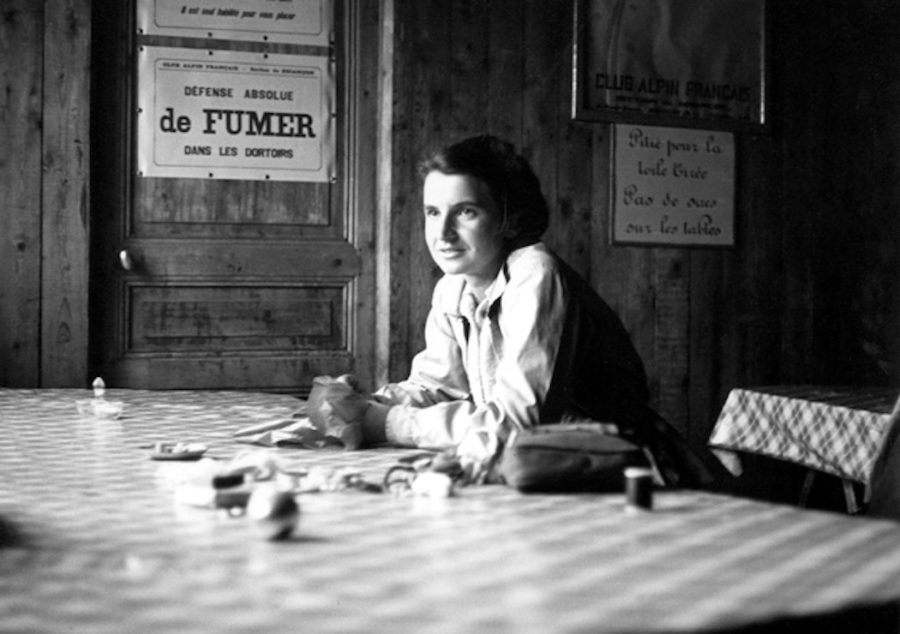Rosalind Franklin
March 29, 2021
Rosalind Franklin was born on July 25, 1920, in London, England and was a chemist and an X-ray crystallographer. Her work revolved mostly around the understanding of DNA’s molecular structure and is best known for her contributions in the discovery of DNA’s double helix structure. After high school, she attended Newnham College, University of Cambridge where she studied physical chemistry. She graduated in 1941 and was able conduct research in physical chemistry, at Cambridge, through a fellowship she received. Things changed as World War II advanced. She became a London air raid warden and in 1942 she left her fellowship to work for the British Coal Utilisation Research Association (BCURA). The research she made there helped her get a doctorate degree in 1945.
She worked with Jacques Mering at the state Chemical Laboratory in Paris, from 1947 to 1950, where she studied X-ray diffraction technology. She joined the Biophysical Lab at King’s College in London as a research fellow in 1951 where she applied X-ray diffraction methods to the study of DNA. She discovered the density of DNA and that the molecule existed in a helical conformation. Her X-ray patterns of DNA molecules laid the foundation to James Watson and Francis Crick’s research that suggested that the structure of DNA is a double helix (a spiral) consisting of two DNA strands wound around each other, for which Francis Crick, James Watson, and Maurice Wilkins shared the Nobel Prize in Physiology or Medicine in 1962. Watson suggested that Franklin would have ideally been awarded a Nobel Prize in Chemistry, along with Wilkins but, although there was not yet a rule against posthumous awards, the Nobel Committee generally did not make posthumous nominations.
After finishing her work on DNA, Franklin led pioneering work at Birkbeck on the molecular structures of viruses. Her team member Aaron Klug continued her research, winning the Nobel Prize in Chemistry in 1982.


